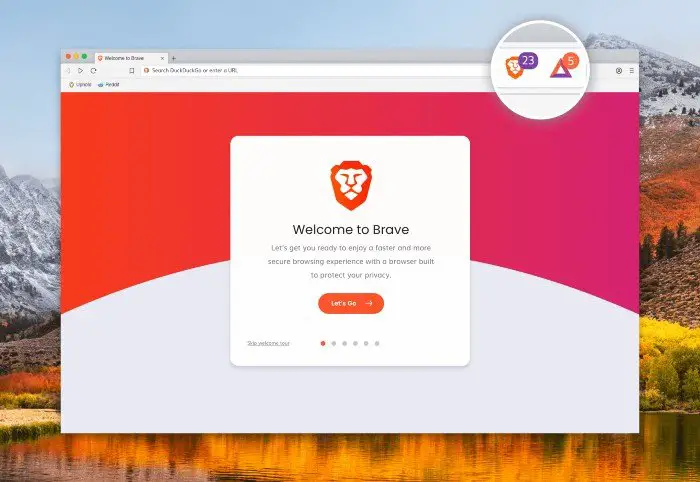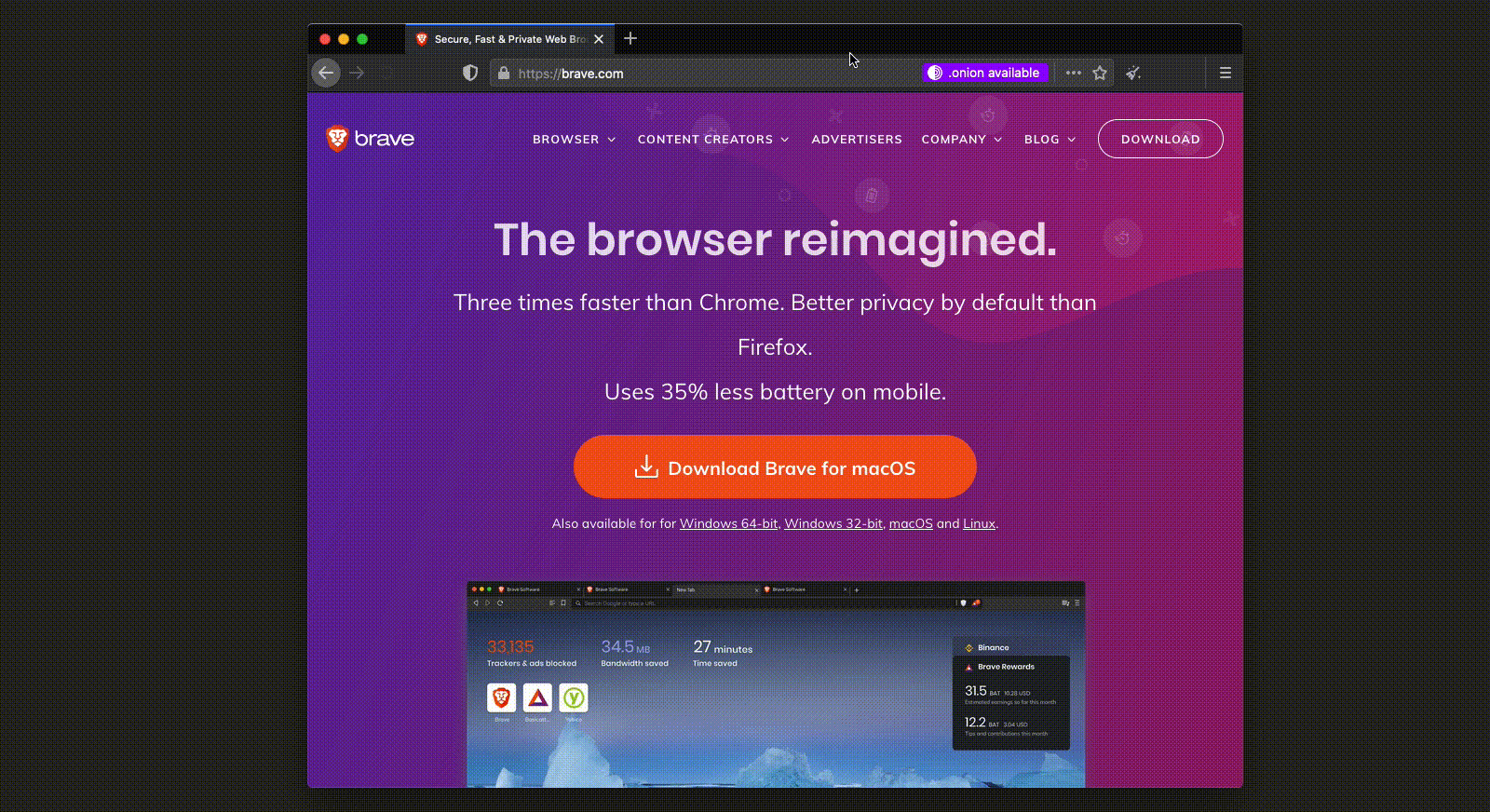Brave provides users with secure access to the Dark Web via Tor. A couple of years ago, Brave came to terms with Tor over a new private browsing mode powered by Tor, open-source software that enables anonymous communication.

As a result of this privacy-first integration, Brave blocks internet service providers (ISPs) and visited sites from tracking you, courtesy of Tor relays.
Brave now available on the dark web
Well, Brave has now taken the existing ties with TOR to a whole new level. Brave is looking to expand its presence across the Dark Web. As a result, a privacy-focused browser has made its websites accessible from the dark web.
“We wanted to make our website and browser download accessible to Tor users by creating Tor onion services for Brave websites,” said Ben Kero, Devops Engineer at Brave.
It will protect users’ metadata like the real-time location. Brave also hopes to enhance the security of its already-encrypted traffic.
“This was desired for a few reasons, foremost of which was to be able to reach users who could be in a situation where learning about and retrieving Brave browser is problematic,” Kero added.

How did Brave establish its presence across the dark web?
Brave created a private key to verify a claim on an onion address brave.onion (as opposed .com on the surface web). This is important since traffic to .onion domains does not exit the Tor network. The initial process is called mining.
Brave engineers used a GTX 1080 GPU to mine a six-character prefix. The entire mining process took around 15 minutes to complete. After mining was done, Brave loaded up the .onion address in EOTK (Enterprise Onion Toolkit) to proxy traffic to non-onion web servers.
Last but not least, Brave set up a valid SSL certificate to provide users with uninterrupted experience. SSL certificates certify that the domain is not only secure but information sent across the .onion domain is also encrypted.
Related: Brave browser not opening or working.
Leave a Reply